Foundawtion
Organización sin ánimo de lucro dedicada a la cooperación, la ayuda al desarrollo y la acción socialdesarrollando proyectos de arquitectura, educación y diseño.
Organización sin ánimo de lucro dedicada a la cooperación, la ayuda al desarrollo y la acción socialdesarrollando proyectos de arquitectura, educación y diseño.
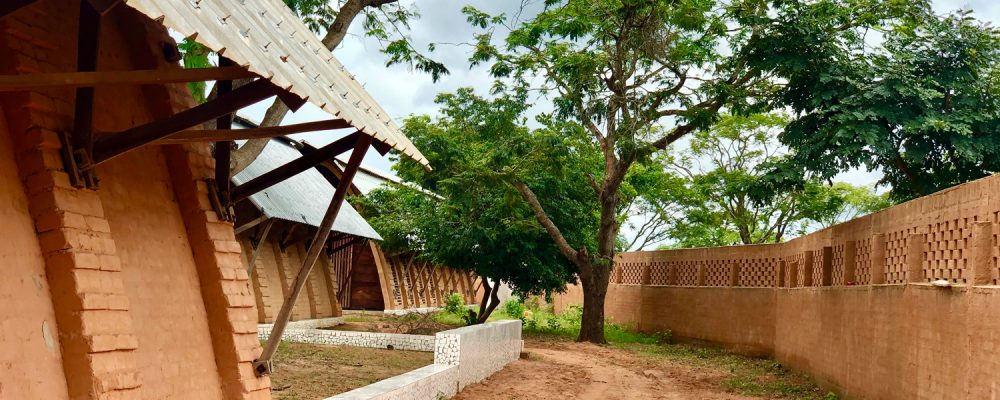
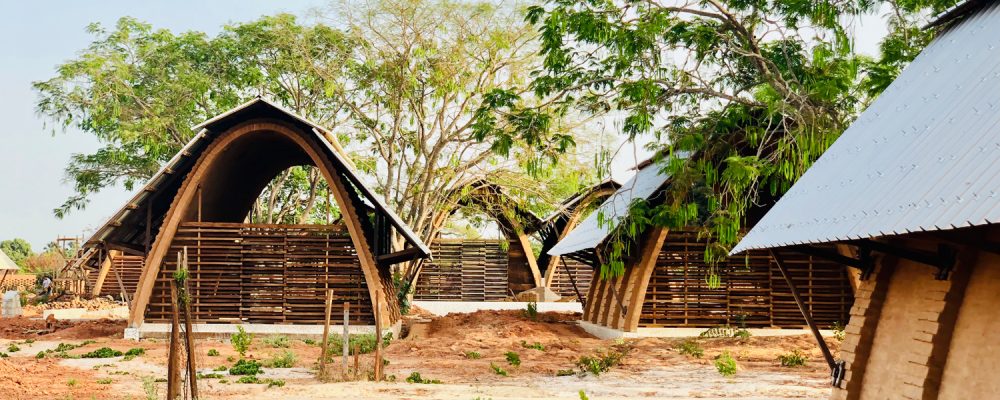
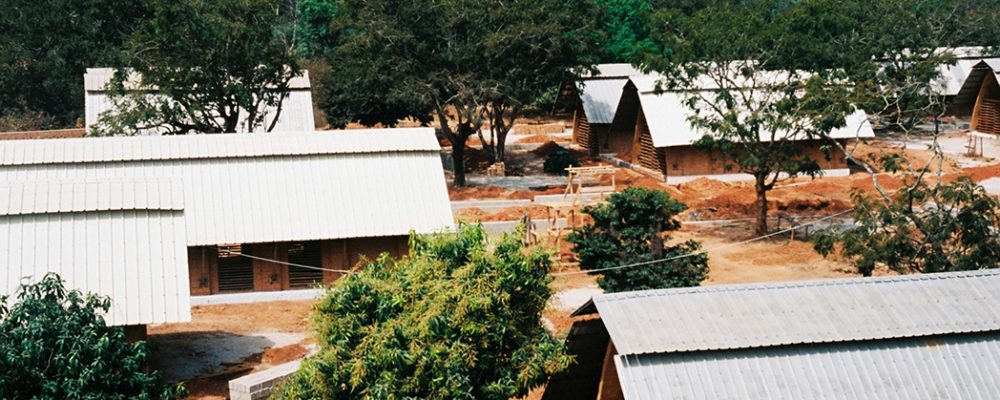
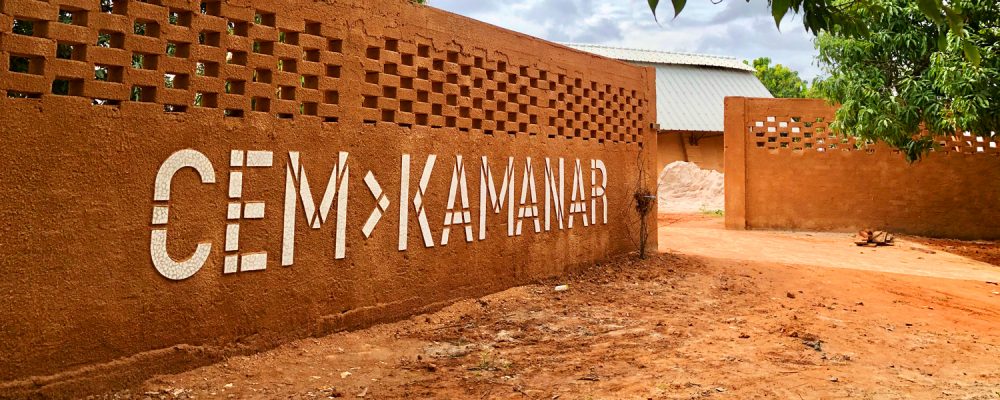
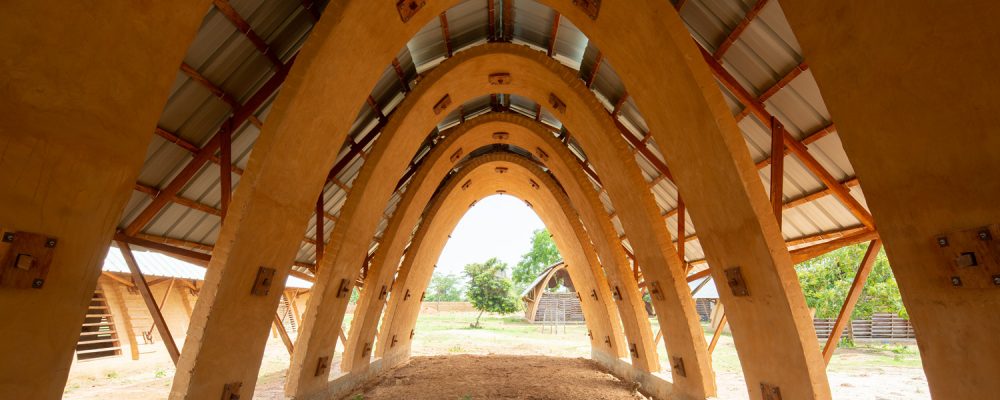

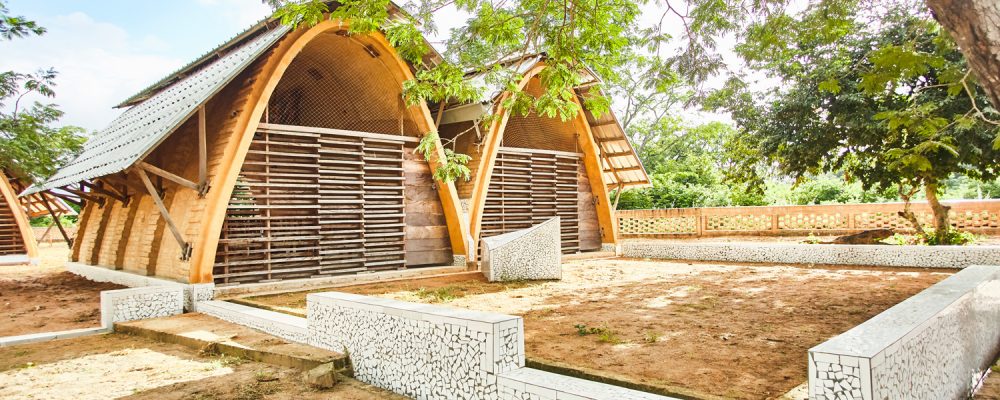
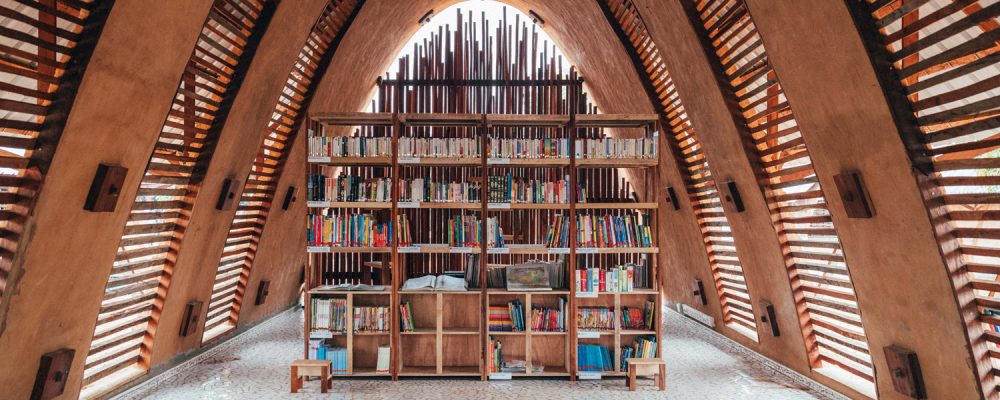


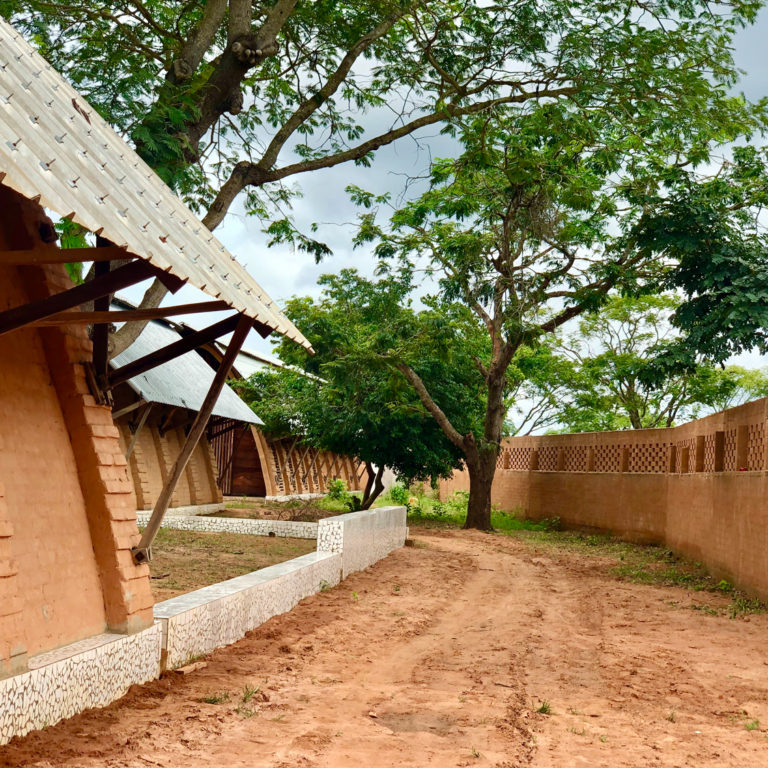

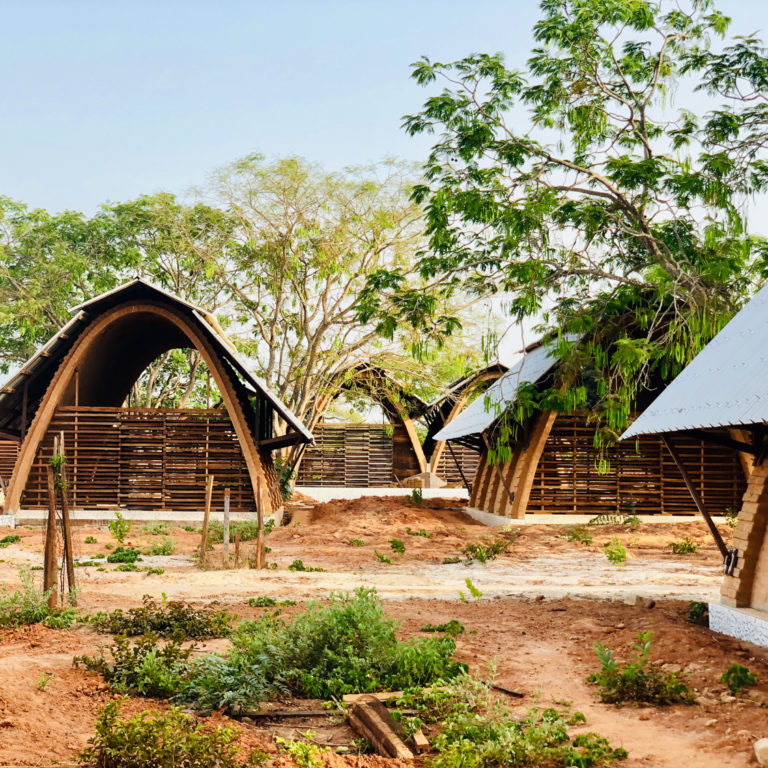
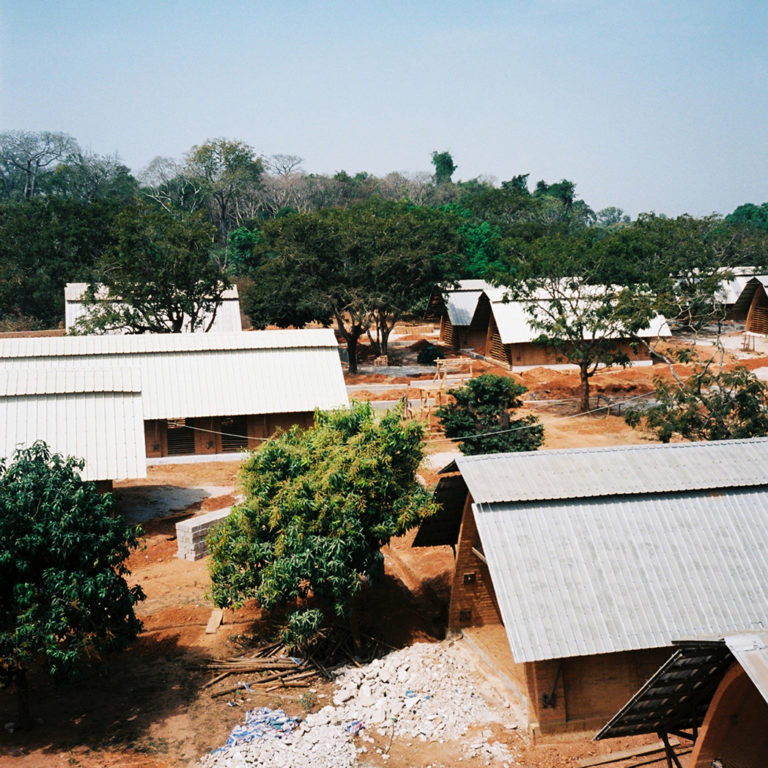

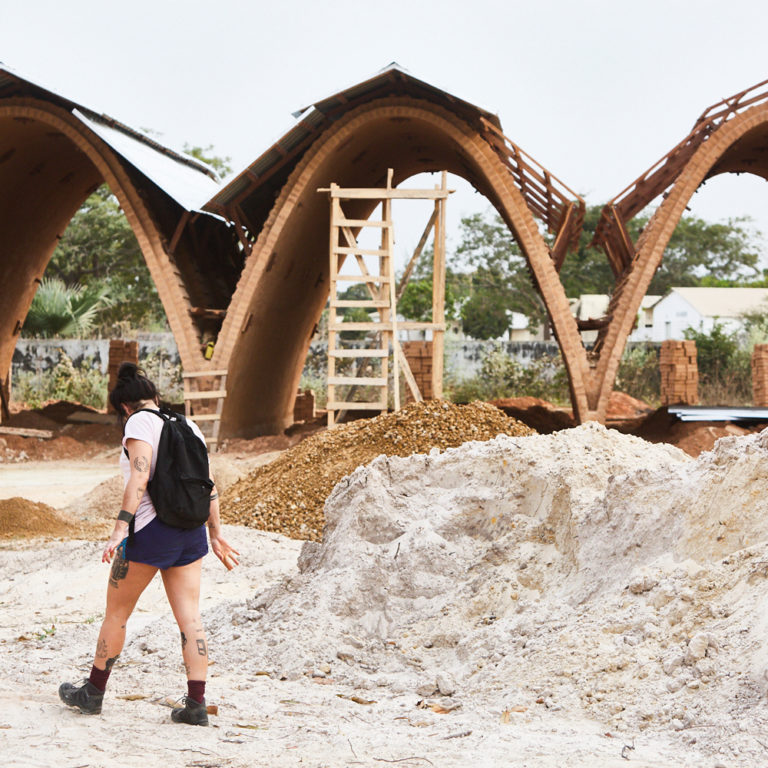
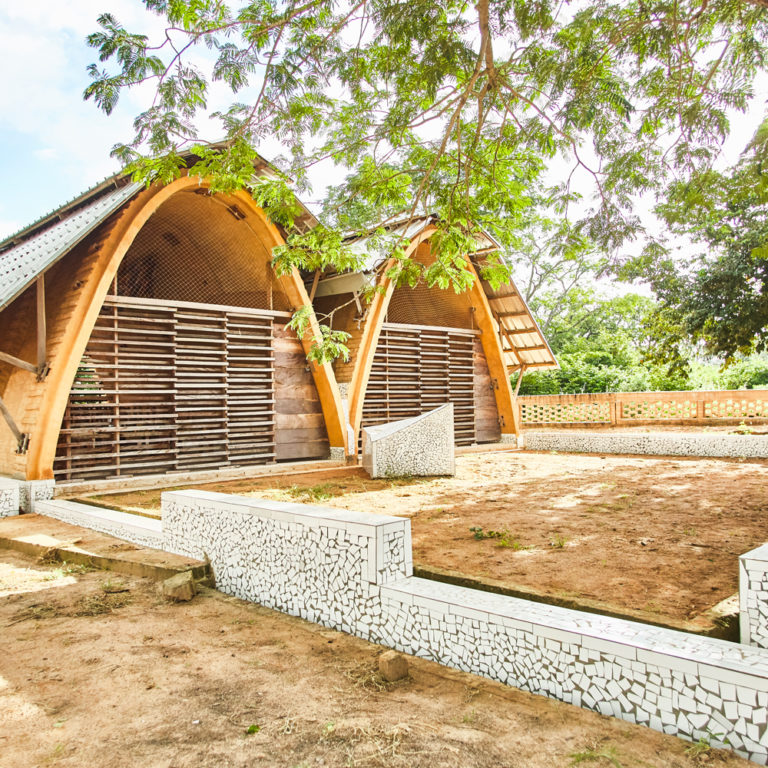

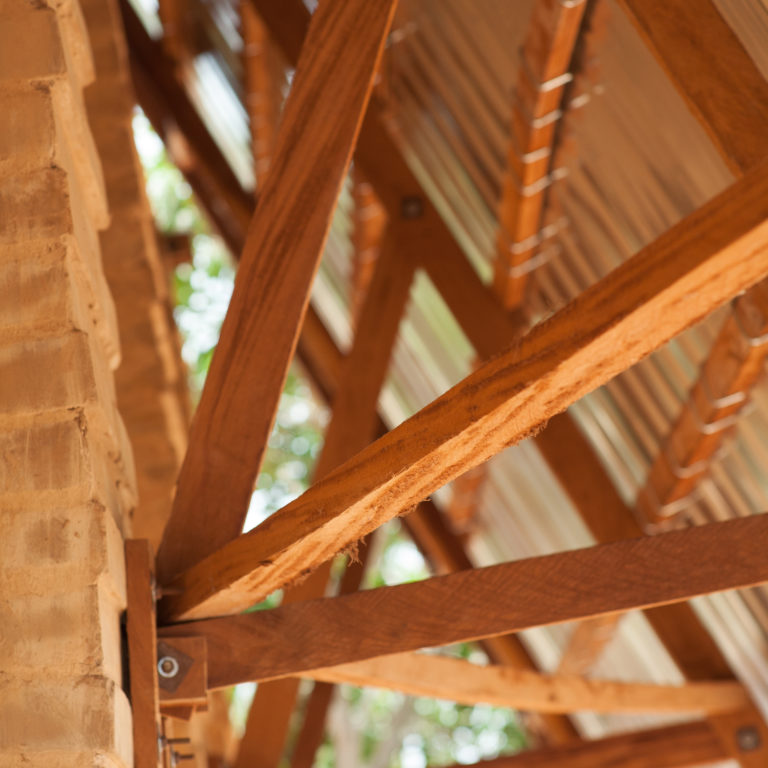
The CEM Kamanar project began in Barcelona in 2014, when David García and Aina Tugores, architects from the dawoffice studio, met with the authorities of Thionck Essyl and made the decision to build a new secondary school. The aim was to solve the overcrowding in the only secondary school existing in Thionck Essyl at that time.
This work was planned by the dawoffice architecture studio and managed by the Foundawtion, a non-profit foundation created as a response for volunteer projects related to architecture and education.
This work, that began in 2016 and finished in 2020, had the slogan ‘Let’s Build a School!’, an expression that unites the values of the project: building a school that, at the same time, serves as a school for builders, carpenters, electricians, plumbers, and other participating professionals. ‘Let’s Build a School!’ makes a call for cooperation on one of the most noble causes which is the bases for humanism: transferring and sharing knowledge, imparting values and teaching them.
In June 2016, a prototype classroom was built that served as a test for the sustainable design for the classroom vaults: a total of 21 simple classrooms, a double classroom for the library, another for extracurricular activities, and the toilets with changing rooms that, together with other administrative buildings, completed the work. The classrooms for each course are joined around squares coinciding with the original location of a tree. The main material for the vaults came from the local land, and its extraction was used to create sports installations for football, basketball and athletics, as well as an allotment which the students can use. The entire area is enclosed with a perimeter fence that surrounds the roughly 2 hectares of school ground.
By the end of the four-year duration of the construction project, 164 people from the community had participated. Both the remuneration for the local labour and the acquisition of tools and construction materials supplied by local family businesses meant that households in the area benefitted directly. The volunteers who moved to the area in charge of managing and directing the work were hosted by local families.
The pieces of furniture were designed by Marc Morro and made by local carpenters. Management and logistics of the work was carried out by Lluís Morón. The person in charge of the graphic design and communication of the project was Carmen Revilla. For the educational part of the project, Javier Royo was in charge of management and development of educational workshops in the area. The legal and financial issues arising from the works were coordinated by Luis García. The management of the constructive process and the coordination of volunteers in directing the works was led by Jesús Amengual, Violeta Linares and Anna Enrich. In this sense, the slogan ‘Let’s Build a School!’ also fitted, in a substantial way, the economy of the project. The physical construction execution costs at the end of the project rose to € 400,000.
The school was financed thanks to individual and collective donations from many private donors, amongst which a special mention should be made to the automotive company Teknia.
The school was 50% inaugurated on the 10 October 2019, with the presence of the authorities from Thionck Essyl, Ziguinchor, the Foundawtion trustees, a representation from the dawoffice team, volunteers and construction professionals involved in the works. At this event, the school was handed over to the Senegal educational authorities, as it is a public school.
We expected to complete the adjustments and finishing touches during the Spring of 2020. Unfortunately, in the middle of March the classes were interrupted due to the Covid-19 pandemic. The work had to be stopped and the volunteers had to return home, delaying the end of the project. In November 2020 we were able to resume work with the aim of completing the final touches during the first half of 2021.
Situated on a 2-hectare publicly-owned plot of land close to the river Casamance, which runs through the south of Thionck Essyl, and with the majestic presence of large baobabs and huge mango trees within the immediate area and inside the plot itself, the school is designed as an ordered set of modules (‘awlas’ in the language of the project) and meeting and play areas.
The module design takes on a heteronomous condition, fusing with its environment. The inverted catenary vault reflects a concept which is very close to the shape lines and the traditional background of the area, and it blends with daily life by making use of the sensuality, fluidity and enveloping feelings provided by curves.
The vault is built with compressed earth blocks crafted at the work site or in the vicinity. The combined use of local raw materials, traditional construction methods and current construction techniques resulted in the creation of an efficient and sustainable architecture.
The school looks diverse, gracious and strong at the same time. Quality and good design are the starting points of the architectural proposal. From a symbolic interpretation, the structure of the space is aimed at fostering horizontality, communication and collective value. Considering, learning, sharing, appreciating, discussing, building together would, in some way, be the functional values conveyed by the project.
At this point, we would like to thank Teknia (www.tekniagroup.com) for the economic and strategic boost provided to the CEM Kamanar project. From its CSR, they continue to support projects related to education and development.
You can find all the videos in our Youtube channel.
Follow us